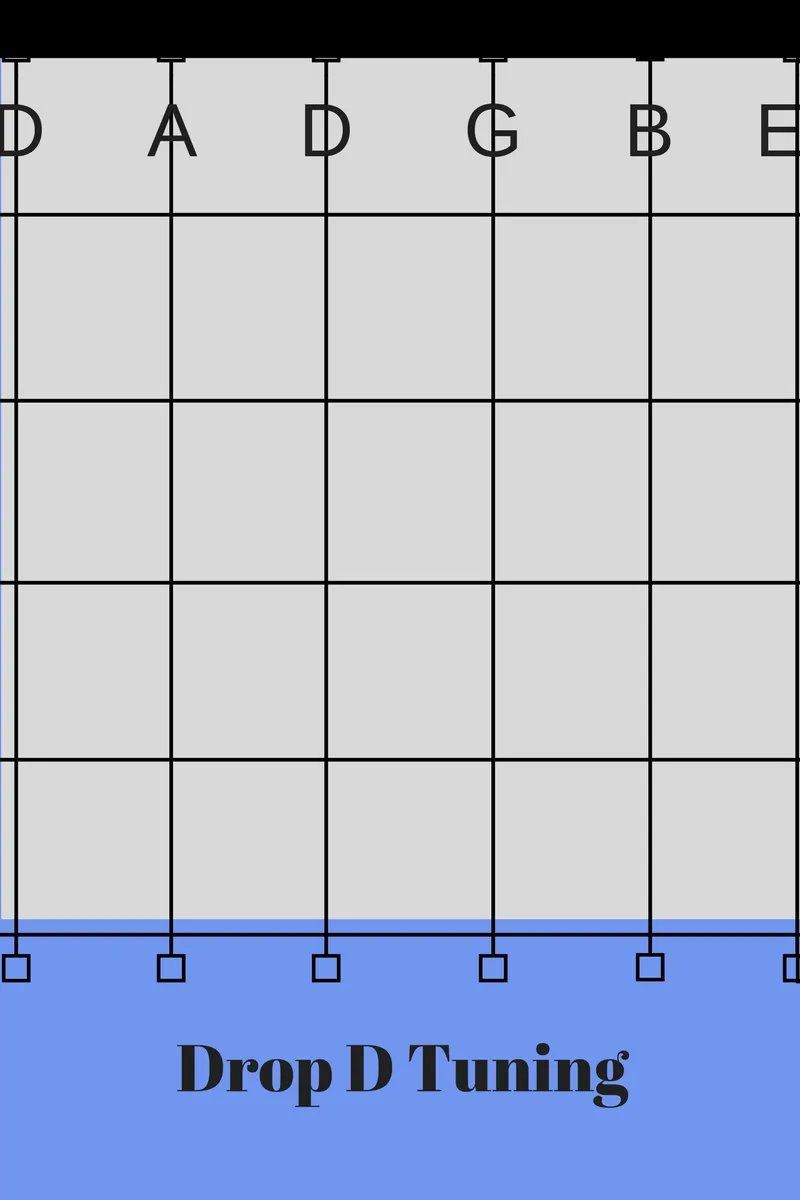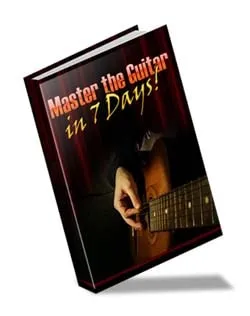Hmmm… I sure didn’t sound like him, or much of anything, for that matter. So I mostly ignored it until I came across a fingerpicking version of “Livin’ In The Country”, by Pete Seeger and a Happy Traum version of “ Laura”. Both are great tunes and fun to play in Drop D.
It wasn’t until I started learning to backup Celtic fiddle tunes that the beauty of Drop D tuning on the guitar started to shine. Watching professional guitarists playing all over the fingerboard in Drop D, using what appeared to be exotic chords with an emphasis on bass runs and left me feeling pretty primitive, for sure.
The veil was slowly lifted (and still is being lifted)
Eventually it all started to make sense when I attended a guitar workshop in Sutton, Quebec with a great guitarist named Paul Marchand as the instructor. This is another one of those examples where you can learn better by being taught than “teaching yourself”.
There were six students in the class and we spent an entire afternoon learning new chords, new strumming techniques and a new tune. Then, later in the evening, we “performed” it for our fiddle friends. Actually, I think we sounded pretty good, especially since Paul was leading us in the performance.
The “mystery” that was revealed to us was that, by learning about 20 Drop D chords you can accompany almost any fiddle tune in any key within reason, that is. The main exception is the key of C, which doesn’t really lend itself to this concept.
Celtic guitar for fiddle tune backup
Most fiddle tunes follow similar patterns, such as AA-BB and the arrangement is often predictable. Like the blues, it is somewhat confining, but it is this confinement that also makes it so interesting. You have a limited amount of bars to make the melody come alive and be unique.
This structure is common to Irish, Scottish, Cape Breton and Quebecois tunes. The Celtic influence is basic to all of this music, even though each style has it’s own uniqueness and special qualities.
I love to flatpick Celtic tunes on my Gibson guitar, but nobody is ever going to hear me in a contradance or jam session full of fiddles. In a quieter setting it is fun and challenging to take a turn by flatpicking a rendition of the melody with a few other musicians.
The guitar is essentially a rhythm instrument and really shines in that role in a band or jam session. For this reason, knowing how to play rhythm guitar in Drop D tuning is a great way to expand your musical horizons and open new doors for playing well with others.
Here are 3 basic Drop D chords to get started
Where to find quality online guitar instruction
ArtistWorks
Homespun
Guitar Tricks
Gibson Learn & Master
How to practice Drop D rhythm guitar
There are many ways to practice this style of guitar playing. What has worked for me might not work for you, but here are some ideas.
- Learn the basic Drop D chords until you can play them fairly easily. Some are quite easy, others are a real stretch for the fingers. I find that it takes some rewiring of my brain to not revert to the standard chord forms.
- Find other people to play with, if you don’t already have a community of local musicians to play along with. Try incorporating your new chords into your accompaniments. This takes some time, but is the way to learn; after all, you want to play with others, right? Playing alone is personally edifying, but sharing is even better! Plus, playing with others reveals your strengths and especially your weaknesses.
- Practice at home what you found out you lack when you played with others. This type of self-reflection is good in life and music! Find recordings that you can play along with to work on your new skills. If you have a slow-downer use it to loop tunes and slow them down so you can try the new chord patterns and structures. Use a metronome and set it very slowly and use this to practice.
- If you can find somebody like Paul Marchand to give you a workshop, do it! Watch accomplished Celtic guitarists and try to imitate what they do; at least some of it will stick with you. There are some excellent Youtube videos, and there are a lot of not-so-good videos. Be careful not to learn bad habits, they are hard to break!
Here are some alternate Drop D chords




























 Sign up to receive a free ebook: Master The Guitar in 7 days! (available for a limited period)
Sign up to receive a free ebook: Master The Guitar in 7 days! (available for a limited period)